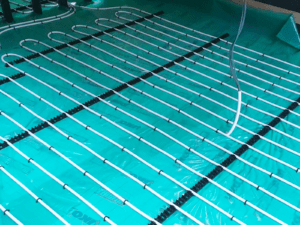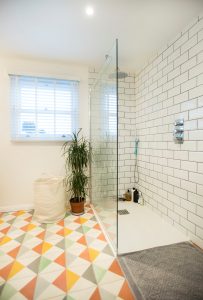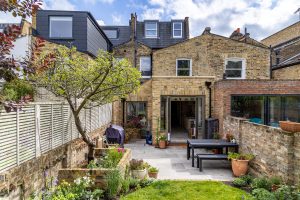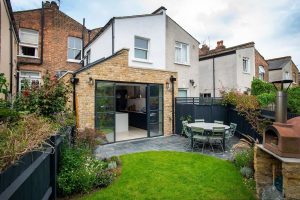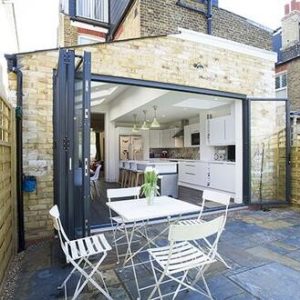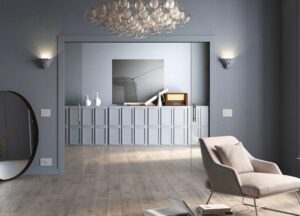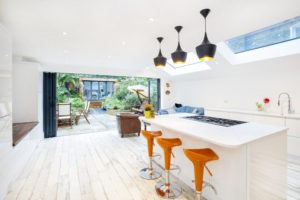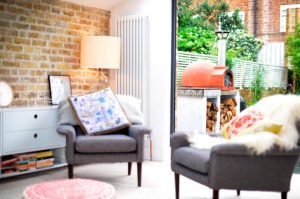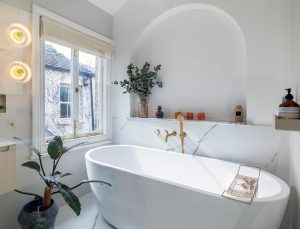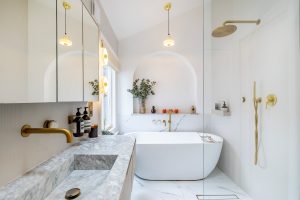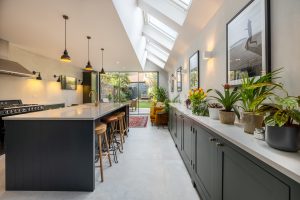When designing a home extension, one of the most important considerations is how to maximise natural light. Natural light not only makes your space feel bigger and more inviting, but it can also have a positive effect on your wellbeing, improving your mood and even your energy and productivity levels. Not to mention, increased natural light can significantly reduce energy bills and raise property value. However, achieving a light-filled extension all year round can be challenging, especially during the darker winter months.
Luckily, there are several effective design strategies you can use to bring more sunlight into your home extension, regardless of the season. With the clocks changing in a few weeks and the days drawing in, let’s look at the different ways to increase natural light in your extension, helping you to create a bright, airy space that adds real value, no matter the time of year.
Rooflights, Skylights and Roof Lanterns
Sourcing light from above is an excellent way to increase natural light in your extension, particularly if the structure is single-storey or part of a loft conversion. Because rooflights and skylights capture light from above, they bring in more natural light throughout the day, efficiently brightening the interior.
There are lots of options to choose from when it comes to rooflights, depending on your design preference and practical needs. Fixed rooflights provide a continuous source of light, while opening rooflights allow for ventilation, perfect for kitchens or bathrooms where air circulation is important. Statement roof lanterns are also a fantastic option for maximising daylight as their pyramid design means they channel light from all angles.
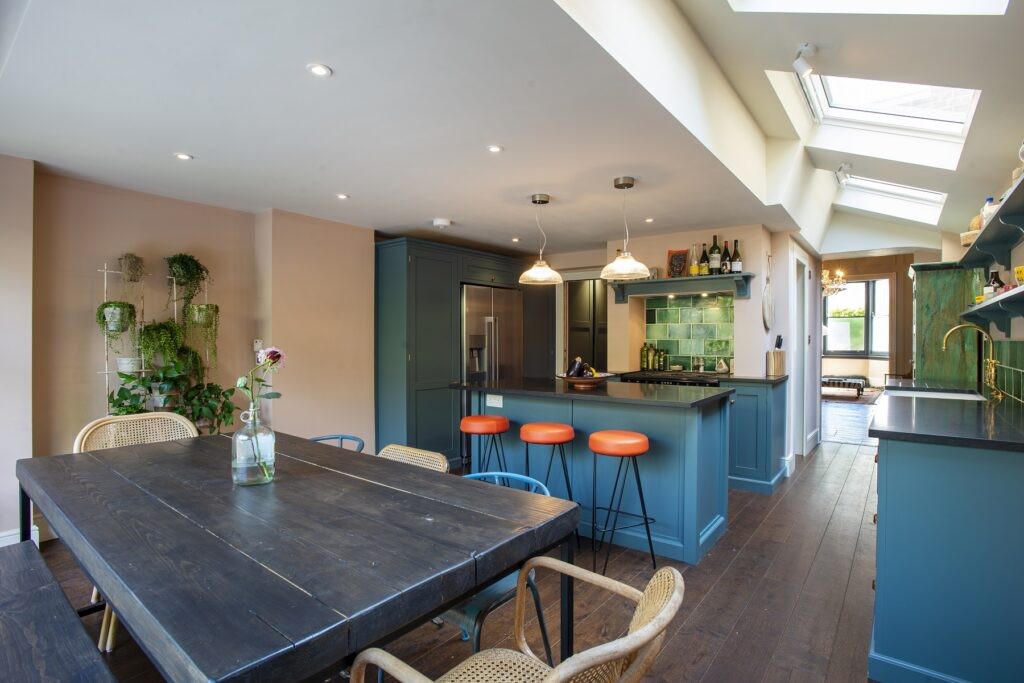
Glass Doors
One of the most effective ways to flood your extension with natural light is by installing large glass doors. Whether you opt for sliding, bifold or French doors, the addition of glass will create a seamless connection between your indoor and outdoor spaces, allowing sunlight to pour into your home.
Sliding and bifold doors, in particular, offer the added benefit of opening up entire walls to the outside, which can make the room feel significantly larger and brighter. In warmer months, you can full open these doors to merge your garden or patio, bringing the outdoors in.
For colder months, high-quality double or triple glazing will keep your space well insulated while still allowing the maximum amount of natural light to enter. For a modern, sleek look, consider aluminium frames, which allow larger glass panes and less visual obstruction.
Maximising Window Placement
When planning your home extension, it’s important to think carefully about the placement of your windows. The location of your extension, as well as the orientation of your home, will determine how much sunlight each side of the extension receives at different times of the day.
South-facing windows will bring in the most sunlight throughout the day, making them an ideal option if you’re looking to create a bright, sun-drenched room. East-facing windows will catch the morning light, while west-facing windows will capture the warmth of the late afternoon sun. North-facing windows receive more indirect, cooler light, which can create a more even, consistent brightness without harsh glare.
By considering the direction of the light and planning your window placement accordingly, you can make the most of natural daylight and ensure that your extension remains bright and comfortable year-round.
Internal Glazing
If your extension involves creating multiple rooms or dividing up an open-plan layout, consider ‘borrowing’ light with glass partitions or internal glass doors. Internal glazing pieces allow light to travel freely between spaces, keeping the entire area, from kitchens to hallways, bright and open while still creating distinct zones within the home. It is ideal in rooms with limited or no external glazing options.
Frameless glass walls or doors can create a modern, sleek look that feels unobtrusive and light, while glass with black metal frames can add an industrial edge to your design. Frosted or textured glass can provide privacy while still letting natural light flow through. This design feature is particularly useful in home offices, bedrooms, or dining areas, where you want separation without sacrificing light.
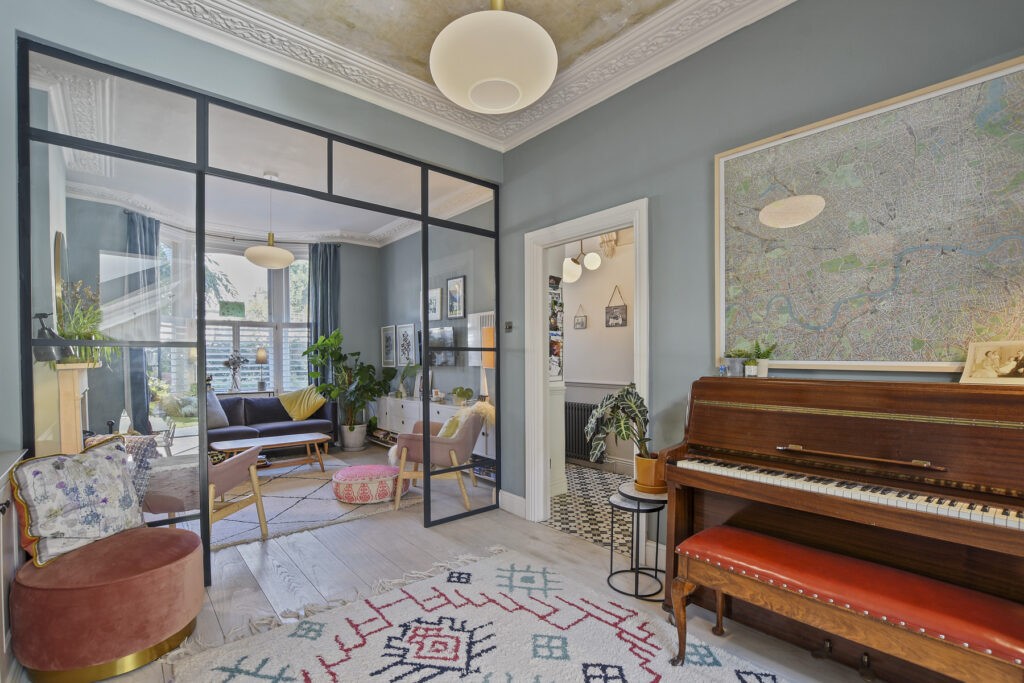
Mirrors
Once you’ve installed your windows and skylights, you can enhance their effect by using mirrors strategically to reflect and amplify the natural light in your space. Mirrors help to bounce light around the room, making it feel larger and brighter.
For the best results, place mirrors opposite windows or near light sources to maximise the amount of light they reflect. You can also use mirrored furniture or metallic finishes in your decor to create a similar effect. Glossy surfaces, such as high-shine kitchen cabinets or polished tiles, can also help reflect light and give the room a brighter, airier feel.
In addition to being a practical solution for increasing natural light, mirrors and reflective surfaces can add depth and style to your home extension, creating an elegant, spacious atmosphere.
Interior Colour Palette
Your interior design choices can also play a key role in maximising the amount of natural light in your extension. Light-coloured walls, floors, and furniture help to reflect light, making the room feel brighter and more spacious. Neutral shades like white, light grey, and soft beige are particularly effective at amplifying natural light.
If you’re worried that an all-white room might feel too clinical, try adding warmth with natural materials like wood or soft textiles. These elements will bring texture and comfort to the space while still maintaining a light, airy feel.
In addition to choosing light colours for walls and furniture, consider using large, glossy tiles or light-coloured wood flooring to reflect light from the floor upwards. These surfaces will help to brighten the space and make the most of any natural light that enters the room.
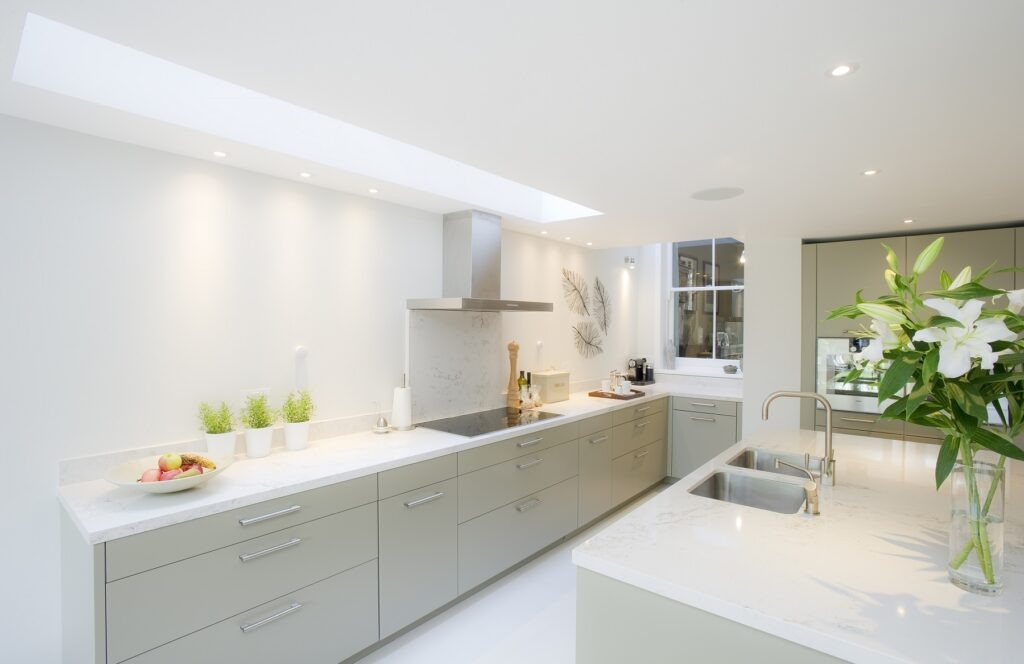
Garden Trimming
Finally, don’t forget about the impact that outdoor foliage can have on the amount of natural light entering your extension. Overgrown trees, bushes, or other landscaping features can block sunlight from reaching your windows or rooflights, particularly during the autumn and winter months when the sun sits lower in the sky.
Regularly trimming back trees and tall plants around your extension can help ensure that sunlight has a clear path into your home. It’s a simple yet effective way to maximise natural light, especially if your garden is densely planted.
Increasing natural light in your home extension is not only about making the space look brighter, but also about creating a warm, inviting atmosphere that you can enjoy all year round. By incorporating large glass doors, skylights, mirrors, and light-coloured interiors, you can make the most of the available sunlight, even during the darker months. Whether you’re planning a kitchen extension, living space or open-plan layout, get in touch with Build Team today to get the most out of your home.


